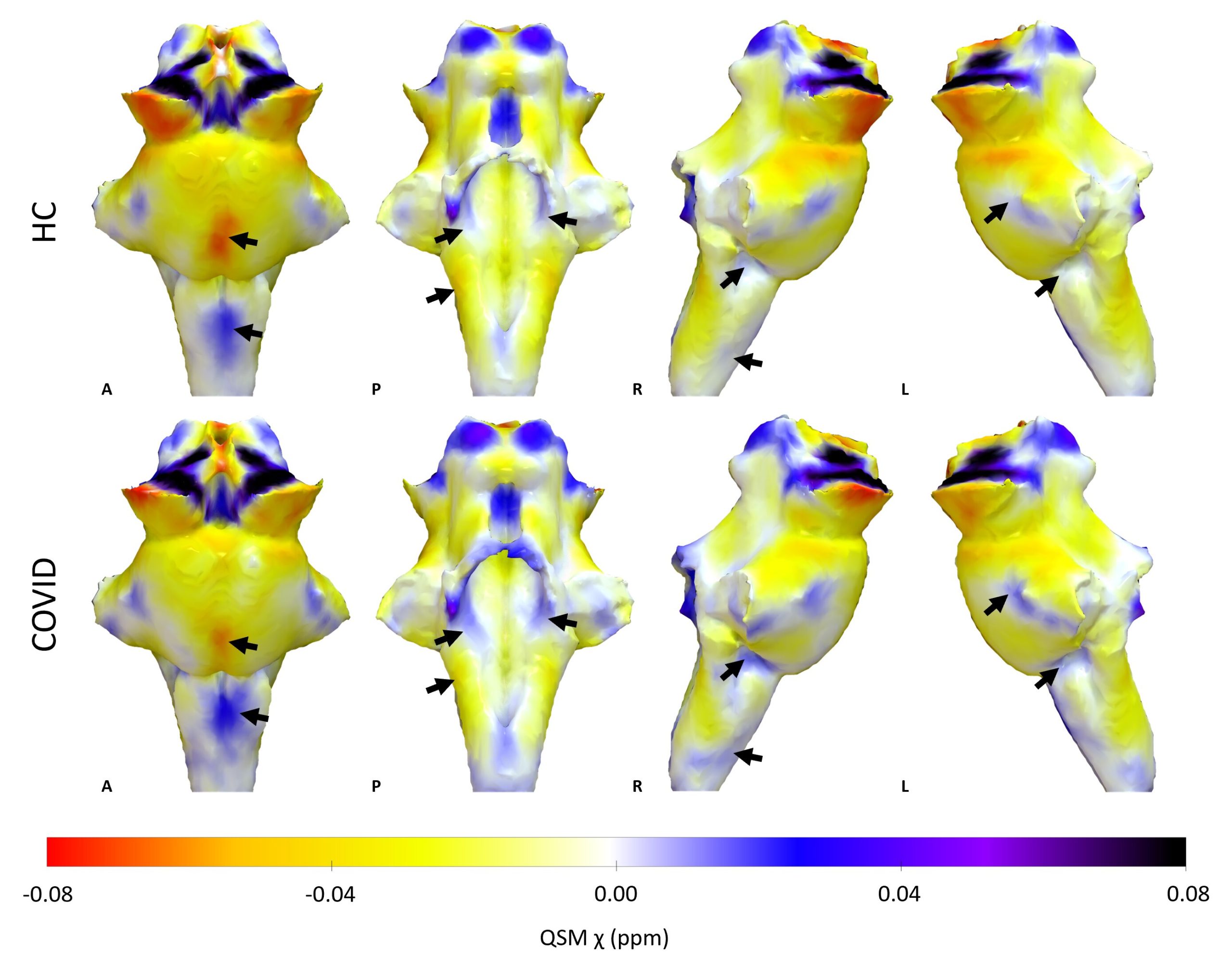The NHS in England is busier than it has ever been heading into winter, the country’s medical director is warning.
Prof Sir Stephen Powis said rising rates of flu and the vomiting bug norovirus were putting hospitals under huge strain.
Around 95% of beds already occupied at the start of December – rates normally only seen in the depths of winter.
The pressures also seem to be having an impact on ambulances with two-thirds of crews facing delays when they drop patients at A&E.
They are meant to be able to handover patients to hospital staff within 15 minutes of arriving, but last week 67% of arrivals took longer than that.
The average handover time was just over 44 minutes.
The figures – the first set of winter performance data – have been published as the prime minister set out his six priorities for government, including one for the NHS which is to get hospital waiting times back to hitting the 18-week target.
But while that is a long-term target, the winter data suggests a more immediate problem is getting the NHS through the coming months.
Sir Stephen, NHS England’s medical director, said: “The NHS is busier than it has ever been before heading into winter, with flu and norovirus numbers in hospital rising sharply – and we are still only at the start of December, so we expect pressure to increase and there is a long winter ahead of us.
“For a while there have been warnings of a ‘tripledemic’ of Covid, flu and RSV this winter, but with rising cases of norovirus this could fast become a ‘quad-demic’.”
Out of just over 100,000 beds, there was an average of nearly 1,100 occupied with flu patients last week – four times higher than at this stage last year, suggesting an earlier peak in flu this winter.
Nearly 1,400 beds were occupied by Covid patients and 750 by norovirus. Another 142 children were in hospital with RSV each day on average.
Rory Deighton, of the NHS Confederation, which represents hospitals, said: “These figures are deeply worrying as they provide yet more evidence the NHS is already under considerable strain before the pressures of winter have peaked.
“We knew that the health service was running hot, with A&Es, ambulances and general practice having their busiest October on record.
“But it is clear that the impact from seasonal viruses is being felt much earlier than in previous years.”



